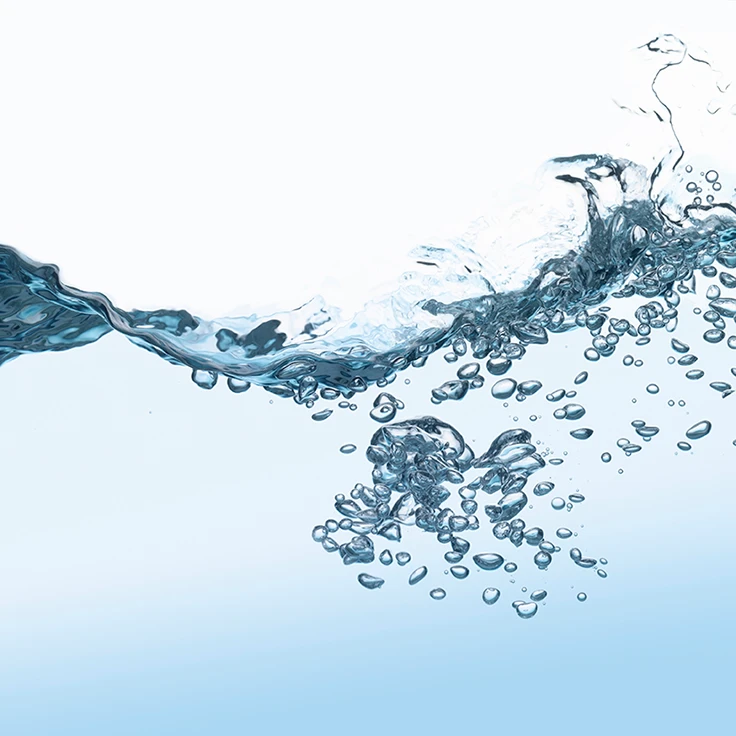
There are 4 key things you need to look for when conducting a water test, according to Fred Hulme, technical services director for horticulture at ICL Specialty Fertilizers:
1. EC, or soluble salts. Many growers use an electrical conductivity (EC) meter on a regular basis to monitor their water. An EC test doesn’t show specifically what is dissolved, but it will indicate that there is a problem with soluble salts that needs to be corrected. Ford says he’s been alarmed lately by the accidental discovery of sodium chloride in some samples that were taken from water sources away from the ocean.
2. Alkalinity and bicarbonates. This is a measure of dissolved limestone in the water and can vary from region to region. Some locales have high alkalinity readings, some low.
3. Calcium and magnesium. It’s important to know if these nutrients are in the water; if there is none, or if it is too low, select a fertilizer that can compensate for what is lacking.
4. Harmful elements, like sodium, chlorides and fluorides, which can come from ground water, road salt or via the ocean.
For MORE tips to understanding the contents and quality of your water, check out our feature in Greenhouse Management's August 2016 issue.
Photo: iStock.com
Latest from Greenhouse Management
- Anthura acquires Bromelia assets from Corn. Bak in Netherlands
- Top 10 stories for National Poinsettia Day
- Langendoen Mechanical hosts open house to showcase new greenhouse build
- Conor Foy joins EHR's national sales team
- Pantone announces its 2026 Color of the Year
- Syngenta granted federal registration for Trefinti nematicide/fungicide in ornamental market
- A legacy of influence
- HILA 2025 video highlights: John Gaydos of Proven Winners





